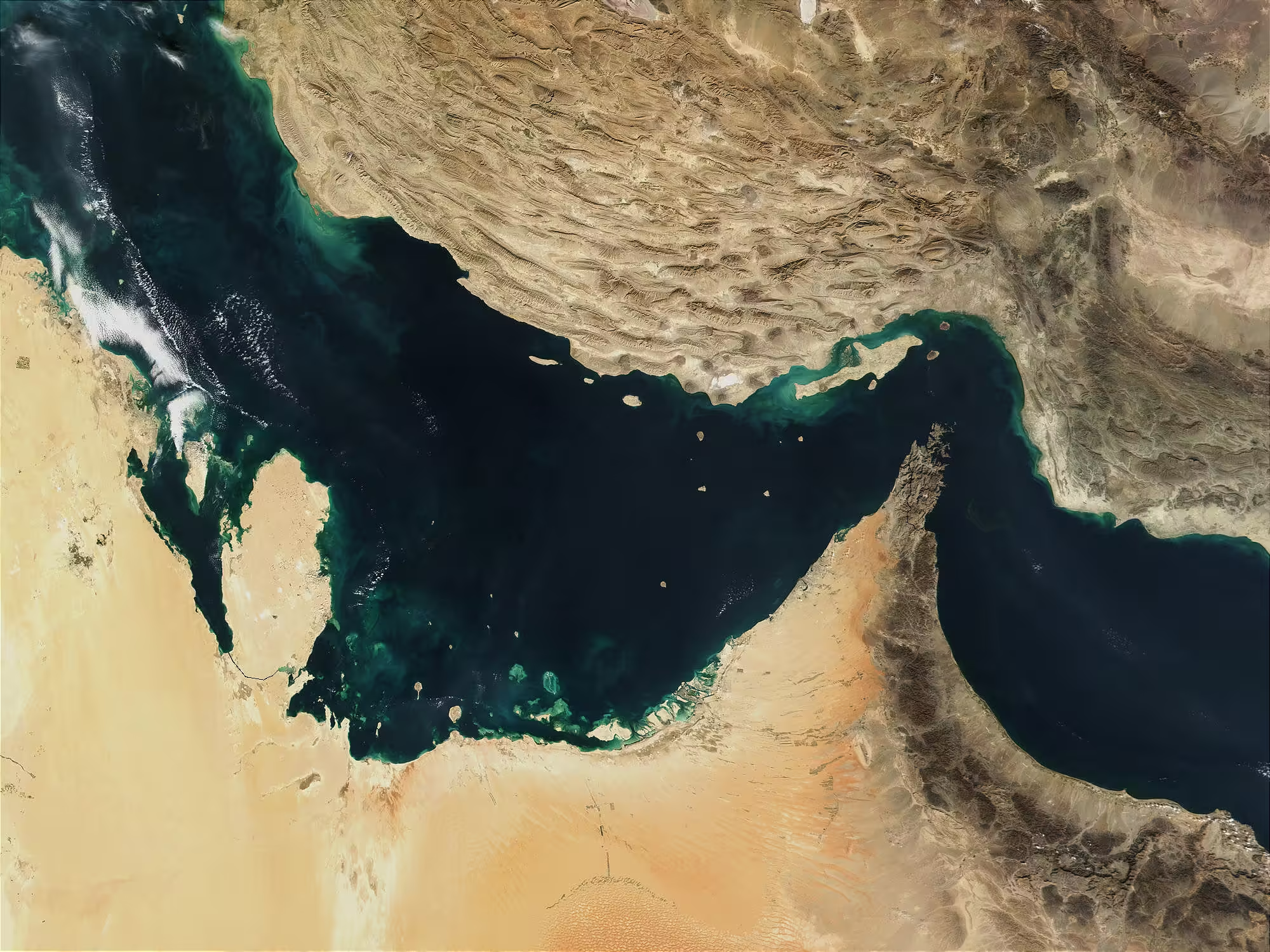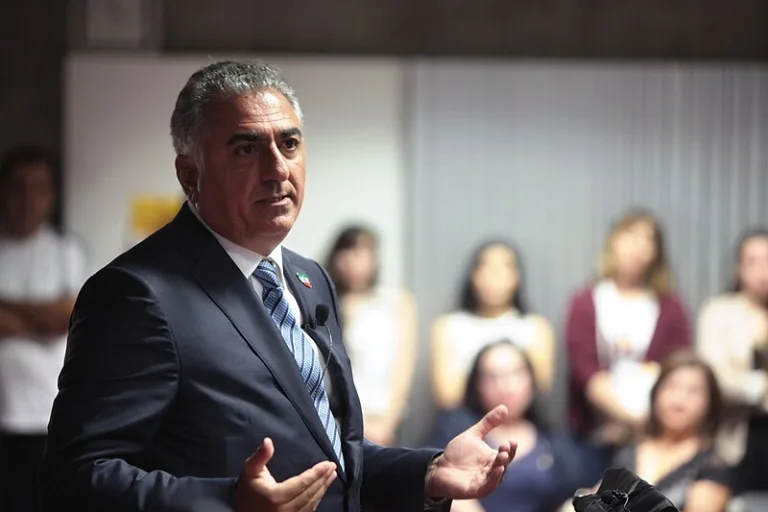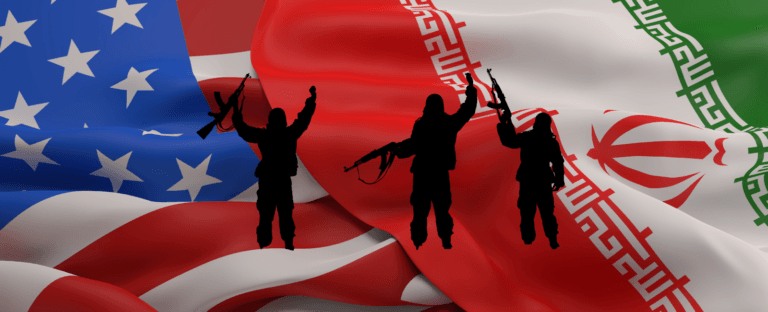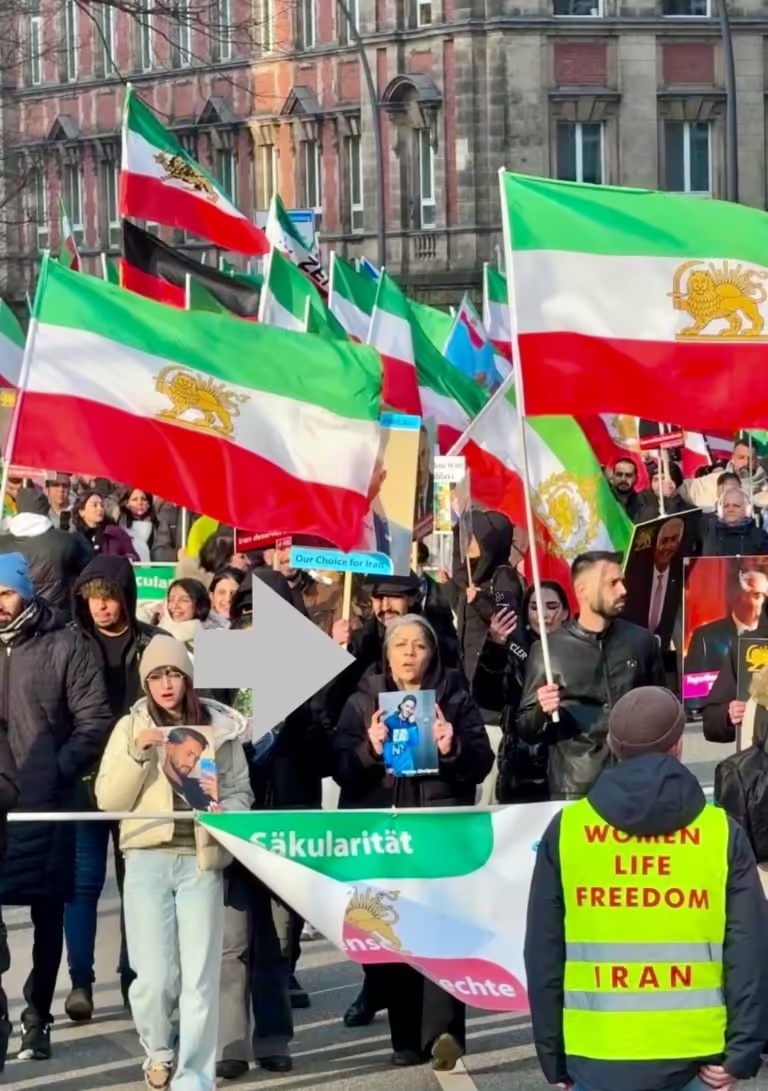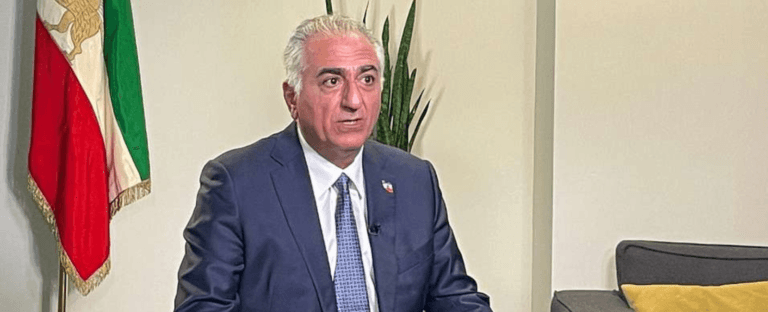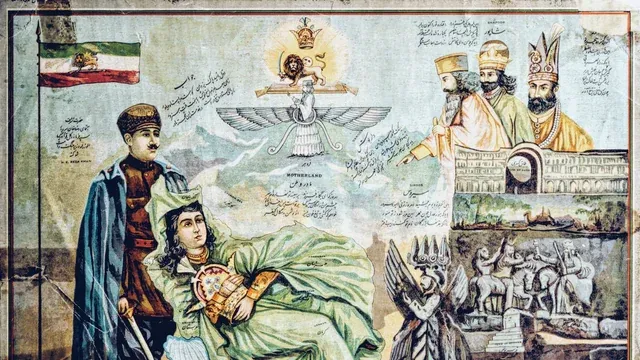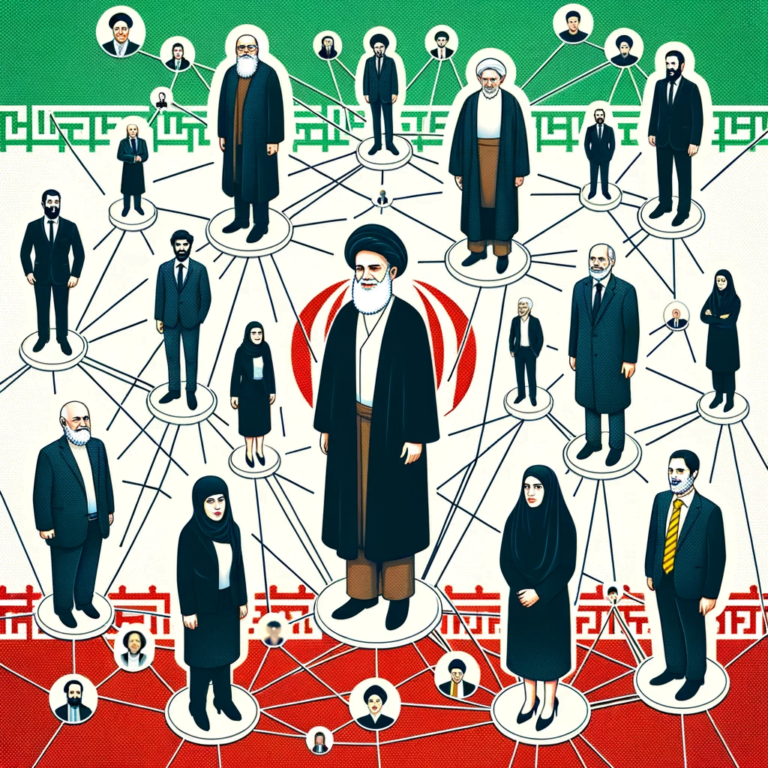Why Fragmenting Iran Could Trigger a Global Security Crisis
The proposition of supporting separatist movements in Iran presents significant risks with far-reaching regional as well as global implications. While it might appear as an effective short-term strategy to destabilize and destroy the Islamic Republic of Iran, fragmenting the Iranian nation into smaller states would exacerbate regional instability, empower extremist and criminal networks, and disrupt global economic systems for many years to come. The optimal alternative to the Islamic regime lies in fostering a free, democratic, and secular Iran under the leadership of Crown Prince Reza Pahlavi, whose vision offers unity, coexistence, and stability.
Threats against Iran’s territorial integrity and the fear of separatism cast a shadow over Iran’s pro-democracy movement, fuelling concerns that the fall of the Islamic regime might lead to the nation’s disintegration. This fear undermines the movement’s progress and consolidates the regime’s hold on power by discouraging defections within its elite, especially among the members of the security forces. Supporting separatist movements is therefore counterproductive, as it sows division among Iranians and jeopardizes the collective aspiration for a free and united Iran.
This article argues that Iran’s fragmentation would not only exacerbate these internal challenges but also have devastating consequences for regional and global security and stability. Therefore, the focus of world powers must entirely be on supporting Iran’s pro-democracy movement, led by Crown Prince Reza Pahlavi, to achieve a unified, democratic Iran, rather than entertaining separatist agendas or the notion of a fragmented Iran.
Regional and Global Rivalries
The fragmentation of Iran would intensify the already volatile power dynamics of the Middle East, transforming the region into a far more dangerous battleground for regional and global powers. Countries like Israel, Turkey, Saudi Arabia, and Pakistan would accelerate their efforts to dominate the newly formed states to protect their geopolitical interests, increasing the likelihood of severe proxy wars and widespread cross-border violence. Meanwhile, global power struggles involving the United States, China, Russia, and the European Union would further complicate the situation, deepening the chaos in the region.
History demonstrates that the construction of artificial states produces long-term instability. The fragmentation of the Ottoman Empire after World War I, through the infamous Sykes-Picot Agreement, formed artificial borders in the Middle East that ignored the complex ethnic and sectarian realities of the region.
A modern parallel can be drawn from Iraq and Syria, where internal insurgencies and foreign involvement contributed to the creation of failed states, paving the way for ISIS. In Iraq, the 2003 US-led invasion, subsequent de facto partitioning of Iraq into Kurdish, Sunni, and Shia regions, and the involvement of the Islamic Republic of Iran resulted in intensifying sectarian violence that eventually led to state failure. In Syria, the civil war and foreign interference, especially the involvement of the USA, Russia, Europe, the Islamic Republic of Iran, and regional Sunni states, fractured the state.
Fragmenting Iran into separate states would, to say the least, produce similar chaos, with newly formed states competing for territory, resources, and political dominance. Such a scenario would severely weaken the region’s already fragile stability and create new security challenges.
Extremist Expansion and Organized Crime
The rise of extremist groups is an inevitable consequence of power vacuums in fragmented states. In Iran, Sunni extremist groups like Jaish al-Adl in Baluchistan, which the United States has designated as a terrorist organization, and terrorist groups like ASMLA (the Arab Struggle Movement for the Liberation of Ahvaz), notorious for their violence towards Iranians and Shia Muslims, could expand their activities. Afghanistan’s Taliban could exploit a fragmented Iran by exerting influence over Khorasan province, potentially integrating parts of Iranian territory into their ideological domain. The destabilizing effects of such groups would not only worsen regional security but could also trigger mass migrations towards Europe, as seen in 2015 as a result of the Syrian Civil War.
In addition to extremism, fragmentation would pave the way for mafia networks to take control of certain states. Iran’s strategic location as a transit point for drugs from Afghanistan to Europe already makes it a hub for trafficking networks. A fragmented Iran could become a breeding ground for organized crime, with mafia networks exploiting weak governance to expand their operations. This would create security problems both regionally and globally, particularly for Europe, which is already grappling with issues of drug trafficking and organized crime.
Economic Ramifications of Fragmentation
Iran’s position in the Persian Gulf makes it central to the global energy market. Any conflict in the region, particularly involving vital waterways like the Strait of Hormuz, would not only disrupt Iranian oil exports but also affect energy flows from other Persian Gulf countries. The Strait of Hormuz is the world’s most important oil passage, through which 21% of global petroleum passed in 2022. Disruptions in this part of the world would severely impact global energy markets, driving inflation and poverty. Moreover, during the chaos of fragmentation, vital energy infrastructure could fall into the hands of extremist groups or criminal networks, further jeopardizing energy security.
Preventing Extremist Access to Weapons
One of the gravest risks of Iranian fragmentation is the potential for the Islamic regime’s vast arsenal, including missiles, drones, small arms, and enriched uranium, to fall into the hands of extremist and criminal groups. Access to these weapons by such groups would create far-reaching global security challenges, with impacts extending well beyond the Middle East. A controlled overthrow of the regime provides the best opportunity to ensure that this arsenal remains secure. This process is most effectively led by His Royal Highness Crown Prince Reza Pahlavi, whose leadership could facilitate a structured transition.
The Role of HRH Crown Prince Reza Pahlavi
Crown Prince Reza Pahlavi offers a unifying vision for a free, democratic, and secular Iran. His leadership is rooted in both his background and his vision for Iran’s role in the world. As a former fighter jet pilot with academic training in political science, the Crown Prince possesses a unique blend of military and intellectual expertise. His understanding of civil resistance and commitment to nonviolent methods position him as a leader capable of guiding Iran through a peaceful transition. Importantly, he enjoys widespread support and trust among the Iranian people, a position unmatched by any other oppositional figure.
The Crown Prince’s diplomatic initiatives underscore his vision for regional coexistence. His visit to Israel signals a willingness to engage in peace and cooperation, while his residency in the United States highlights his lack of animosity toward the West. He has maintained close contacts with Jews, Christians, Muslims, Baha’is, and Zoroastrians, demonstrating a commitment to religious freedom akin to the principles of Cyrus the Great. His vision includes fostering positive relations with neighbouring countries, while maintaining Iran’s territorial integrity and national identity.
Conclusion
The dangers of supporting separatism in Iran far outweigh any potential benefits. Fragmentation would destabilize the Middle East, empower extremist groups and criminals, disrupt global energy markets, and entrench regional and global rivalries. History demonstrates that such approaches lead to prolonged instability, as seen in the partitioning of the Ottoman Empire, and the chaos in Iraq and Syria.
A better path forward lies in supporting a unified, democratic Iran under the leadership of Crown Prince Reza Pahlavi. His vision for inclusivity, regional coexistence, and nonviolent transition offers a sustainable solution to Iran’s challenges, ensuring stability for its people and the broader Middle East. By focusing on this vision, the international community can contribute to a stable, prosperous, and peaceful future for Iran and its neighbours.

